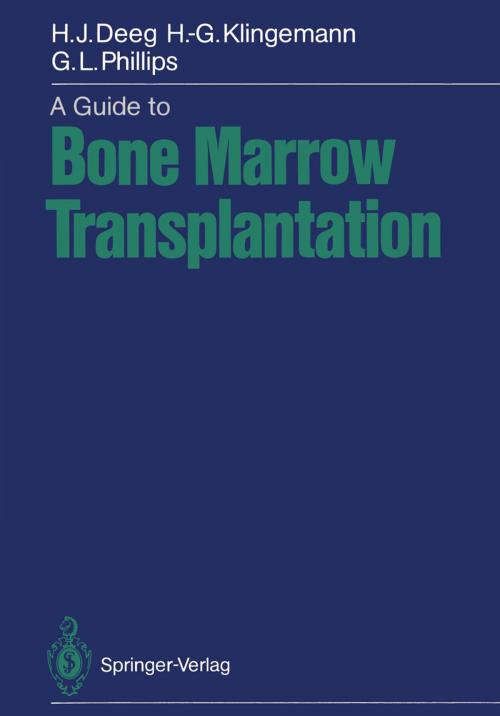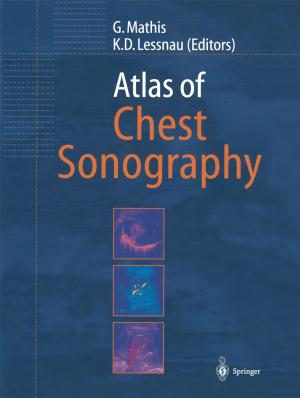A Guide to Bone Marrow Transplantation
Nonfiction, Health & Well Being, Medical, Specialties, Internal Medicine, Hematology, Oncology| Author: | Hans-Joachim Deeg, Hans-Georg Klingemann, Gordon L. Phillips | ISBN: | 9783642970771 |
| Publisher: | Springer Berlin Heidelberg | Publication: | December 6, 2012 |
| Imprint: | Springer | Language: | English |
| Author: | Hans-Joachim Deeg, Hans-Georg Klingemann, Gordon L. Phillips |
| ISBN: | 9783642970771 |
| Publisher: | Springer Berlin Heidelberg |
| Publication: | December 6, 2012 |
| Imprint: | Springer |
| Language: | English |
In the late 1940s investigators observed that mice given supralethai doses of total body irradiation were protected by infusion of viable spleen or marrow cells following irradiation, and that this was accomplished by hemopoietic reconsti tution with donor cells as proven using genetic markers. If a similar approach could be applied to humans, it should be possible to treat leukemia patients with any dose of chemoradiotherapy as far as nonmarrow toxicity permitted, and then rescue them by marrow transplantation. Early clinical attempts were gen erally unsuccessful, mostly due to a lack of knowledge of histocompatibility antigens and appropriate supportive care. These areas developed rather quickly during the 1960s, and for almost two decades now clinical marrow transplan tation has been carried out with increasing success. After initially using only bone marrow from HLA indentical siblings, the field has expanded rapidly to incorporate HLA nonidentical related donors, and recently even marrow from unrelated volunteer donors. Furthermore, since for numerous patients who oth erwise could benefit from transplantation a donor cannot be identified, there has been a growing interest in using the patient's own (autologous) bone marrow. Our understanding of the principles of transplantation and our knowledge of the potential risks and benefits have quickly grown. At times it is difficult, however, to decide what is the best option for a given patient.
In the late 1940s investigators observed that mice given supralethai doses of total body irradiation were protected by infusion of viable spleen or marrow cells following irradiation, and that this was accomplished by hemopoietic reconsti tution with donor cells as proven using genetic markers. If a similar approach could be applied to humans, it should be possible to treat leukemia patients with any dose of chemoradiotherapy as far as nonmarrow toxicity permitted, and then rescue them by marrow transplantation. Early clinical attempts were gen erally unsuccessful, mostly due to a lack of knowledge of histocompatibility antigens and appropriate supportive care. These areas developed rather quickly during the 1960s, and for almost two decades now clinical marrow transplan tation has been carried out with increasing success. After initially using only bone marrow from HLA indentical siblings, the field has expanded rapidly to incorporate HLA nonidentical related donors, and recently even marrow from unrelated volunteer donors. Furthermore, since for numerous patients who oth erwise could benefit from transplantation a donor cannot be identified, there has been a growing interest in using the patient's own (autologous) bone marrow. Our understanding of the principles of transplantation and our knowledge of the potential risks and benefits have quickly grown. At times it is difficult, however, to decide what is the best option for a given patient.















